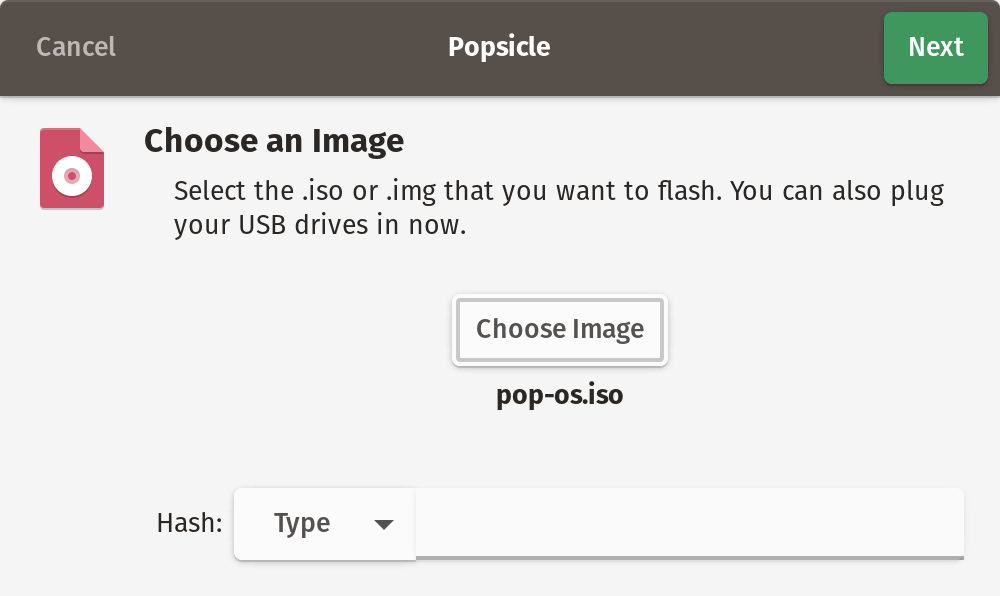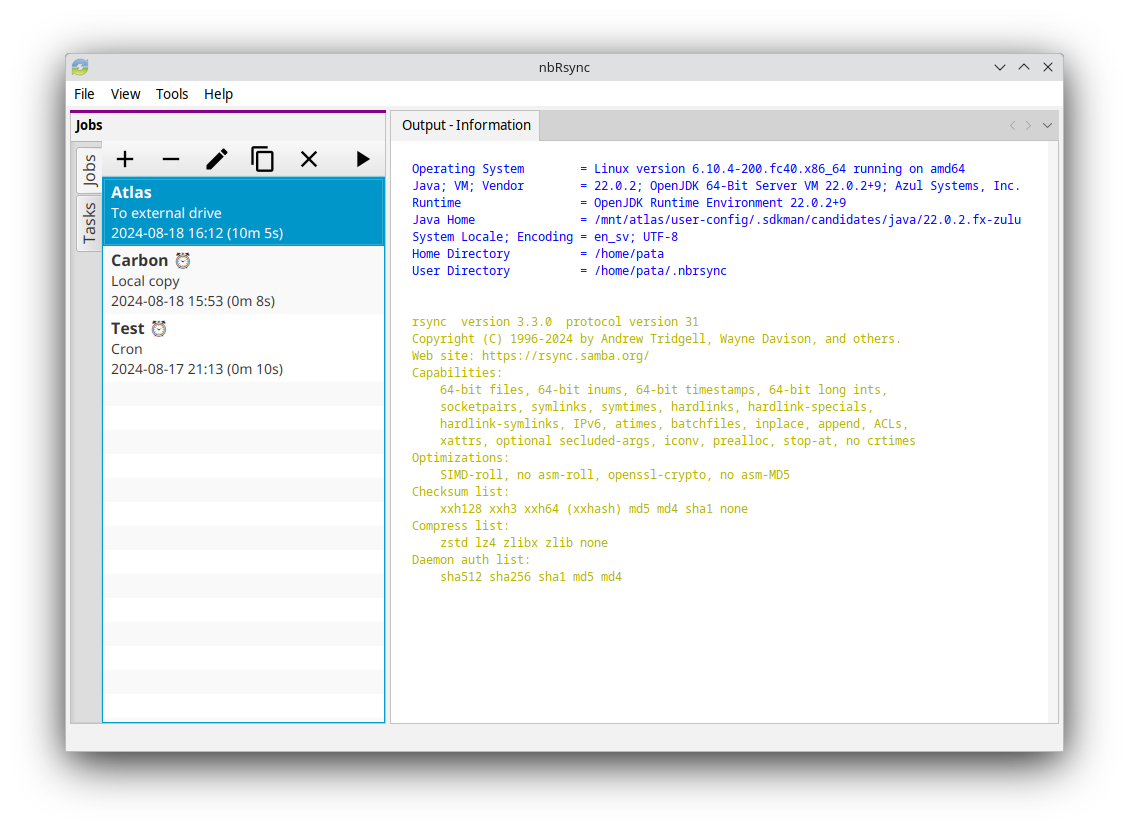System
System applications, "System Tools" such as log viewers or network monitors

BlueGlow
Cool_Retro_Term
Eagle_Mode
Ghostty
Ghostty is a terminal emulator that differentiates itself by being fast, feature-rich, and native. While there are many excellent terminal emulators available, they all force you to choose between speed, features, or native UIs. Ghostty provides all three.
In all categories, I am not trying to claim that Ghostty is the best (i.e. the fastest, most feature-rich, or most native). But Ghostty is competitive in all three categories and Ghostty doesn't make you choose between them.
Ghostty also intends to push the boundaries of what is possible with a terminal emulator by exposing modern, opt-in features that enable CLI tool developers to build more feature rich, interactive applications.
While aiming for this ambitious goal, our first step is to make Ghostty one of the best fully standards compliant terminal emulator, remaining compatible with all existing shells and software while supporting all of the latest terminal innovations in the ecosystem. You can use Ghostty as a drop-in replacement for your existing terminal emulator.
GooboxFileShare
Insight
KDiskMark
Minions
Podman
Popsicle

Write an ISO or other image to multiple USB devices all at once. Easily preparing a bunch of flash drives of your favorite OS with just a couple of clicks.
- Supports USB 2 and 3 devices
- Use USB hubs for massively parallel writing
- Verify your image with the SHA256 or MD5 checksum
- Check the progress, speed, and success of each device while flashing
- Open ISO or IMG files from the app, or straight from your file manager
PowerShell
QEMU_PowerPC
QTalarm
QtMips
eDEX-UI
freeman
hw-probe

A tool to check operability of computer hardware and upload result to the Linux hardware database.
Probe — is a snapshot of your computer hardware state and system logs. The tool returns a permanent URL to view the probe of the computer.
The tool is intended to simplify collecting of logs necessary for investigating hardware related problems. Just ask user to run one simple command to collect all the system logs at once:
sudo hw-probe -all -upload
By creating probes you contribute to the HDD/SSD Real-Life Reliability Test study: https://github.com/linuxhw/SMART
linux_czkawka_gui
nbrsync

nbRsync is a GUI for rsync that simplifies synchronization of files and directories while preserving the details of the rsync options.
nbRsync works with the concept of Jobs and Tasks. Jobs can contain zero or more Tasks and Tasks can belong to zero or more Jobs.
It is possible to execute commands before and after jobs and tasks.
nbRsync also comes with a built-in scheduler, a scheduler that has to be started from the command line.
penguins-eggs
vifm
Vifm is a curses based Vim-like file manager extended with some useful ideas from mutt. If you use Vim, Vifm gives you complete keyboard control over your files without having to learn a new set of commands. It goes not just about Vim like keybindings, but also about modes, options, registers, commands and other things you might already like in Vim.
Just like Vim, Vifm tries to adhere to the Unix philosophy. So instead of working solutions which are set in stone user is provided with a set of means for customization of Vifm to one's likings. Though builtin functionality should be enough for most of use cases.

















